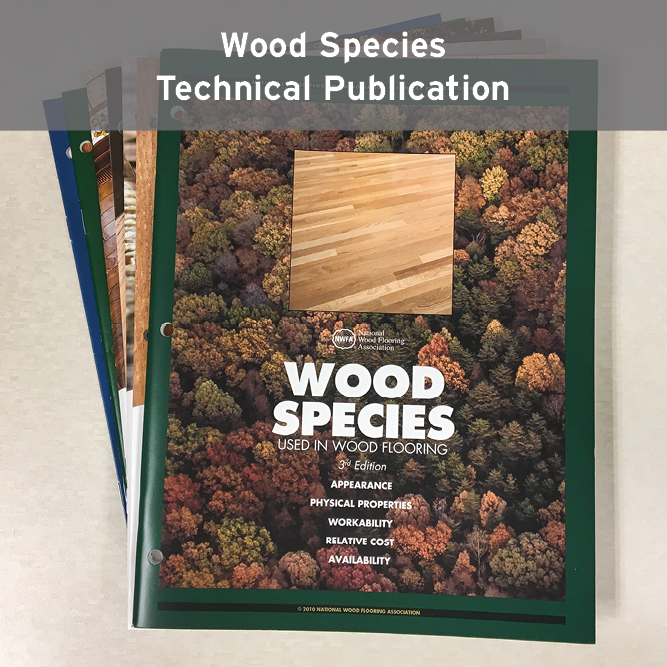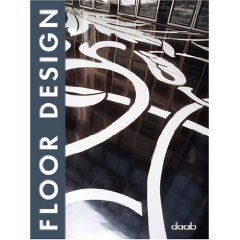Reimagining Wood with Designer Jamie Beckwith



Beckwith’s material of choice is wood because it is organic and every piece is unique.





Designer Jamie Beckwith of the Jamie Beckwith Collection (JBC) and Beckwith Interiors is pushing design boundaries one space at a time. Through JBC, Beckwith is reimaging wood floors and tiles and putting a unique spin on the classic material. Beckwith’s one-of-a-kind work adorns the floors and walls of a variety of commercial spaces, including Las Vegas hotels, Google headquarters and department stores. We sat down with Beckwith to learn more about the inspiration behind her work, the creative process and her vision for the future of wood floor and wall design.
FT: Please tell us about your design background.
JB: My design background is in high-end residential design. The sister company to Jamie Beckwith Collection is Beckwith Interiors and has been in business for over 10 years.
FT: Tell us more about the Jamie Beckwith Collection of wood flooring and wall tiles.
JB: The JBC collection is a compilation of wood flooring and vertical surfacing. Every surface is a blank canvas to explore dimension, structure, shape and light. Walls, floors and ceilings themselves become works of art. Finally, walls and floors become a design element, instead of an afterthought.
FT: What inspires your work when it comes to the Jamie Beckwith Collection?
JB: I am inspired by fashion, travel and textiles. They play a huge part in my design process.
Flooring 10 years ago was fairly typical. Straight plank, basic finishes. ... I am hopeful that JBC played a small role in some of the new products that are out there.
FT: How have you seen flooring trends evolve since you started in 2006, and in response, how have you as a designer evolved along with them?
JB: Flooring 10 years ago was fairly typical. Straight plank, basic finishes. Many things have evolved over the 10 years and I am hopeful that JBC played a small role in some of the new products that are out there. We created a tile wood hybrid, one that was unique to the marketplace, but was still rooted in Old World processes; such as parquet. We just created a new way to look at flooring. Also, the finishes are not as toxic and plastic looking. JBC uses natural no-VOC finishes that are hard oil waxes. We prefer a more natural look.
FT: Why is wood your material of choice to work with?
JB: I enjoy working with wood as it is organic and every piece is unique; never exactly the same.
FT: Where is the wood you work with sourced from? As a designer working with natural resources, how important are sustainable practices to you?
JB: All of our woods are U.S. sourced. Most [are] from California and also Southeast regions. It is very important that we are good stewards of the planet, and providing locally sourced materials is very important to our message and brand.
FT: How does maintenance for your wood wall and flooring tiles differ from traditional tile maintenance?
JB: We make no secret about our affiliation with Dutch company Rubio Monocoat. Not only do we use their finishing products, but we recommend all of their cleaning and maintenance products as well. Our floors are a natural breathing entity and the Rubio Monocoat products keep the flooring and wall surfacing products looking their best year after year.
FT: How has the economic climate impacted business for you as a designer over the last few years? How is business currently?
JB: Business is brisk for JBC currently. We seem to be in a strong economic period due to the amount of business we see in commercial design. A majority of our business is in the commercial arena. We also have seen many projects that we have specified come to fruition recently. Many of these projects are actually two to three years old.
FT: What does the future have in store for you as a designer and for the Jamie Beckwith Collection?
JB: We have many exciting projects coming up for JBC. We are collaborating with many prolific global brands to help promote our core business but to also create new and transformative design. We have a new lighting collection that utilizes our wood components on chandeliers, sconces and lamps with Currey and Co., out of Atlanta, and also a wood veneer wallpaper collection with MDC wall in Chicago. All of these collaborations are trying to push the boundaries of what wood and wood related products can do. We will also continue to launch new products in the wood flooring and wall surfacing categories that focus on unique finishing techniques—almost like artwork. Also, we will continue to mix materials, such as metal, hide and textile into our wood designs.
Looking for a reprint of this article?
From high-res PDFs to custom plaques, order your copy today!












